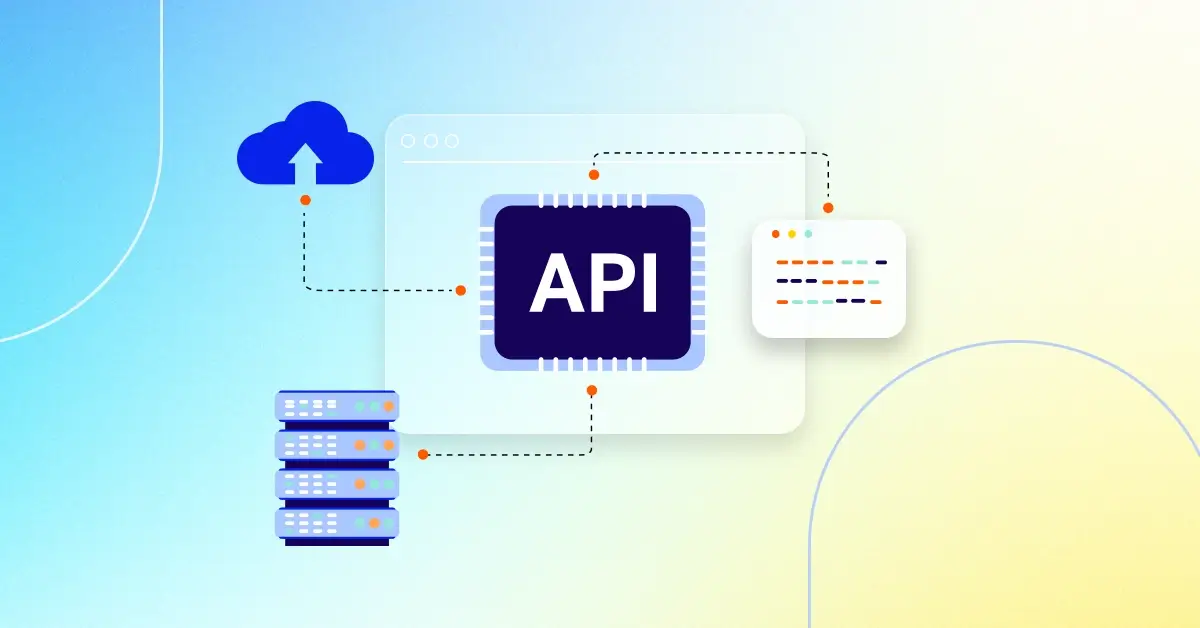Case Journeys
Exploring intriguing stories and insights from around the world.
API Integration: The Matchmaker Your Software Always Needed
Unlock seamless connectivity! Discover how API integration can transform your software into a powerhouse of efficiency and collaboration.
Understanding API Integration: How It Connects Your Software Ecosystem
API integration is a crucial component in modern software development, allowing different applications and systems to communicate seamlessly. By leveraging Application Programming Interfaces (APIs), businesses can connect various services and platforms within their software ecosystem. This interconnectivity not only streamlines workflows but also enables data sharing and functionality enhancements across applications. For example, when a customer places an order on an e-commerce site, APIs facilitate communication between the website, payment processor, and inventory management system in real-time, ensuring a smooth transaction process.
Understanding how API integration works can significantly impact your business efficiency. It eliminates the need for manual data entry and minimizes errors by automating data flow between systems. Furthermore, APIs support scalability, allowing companies to add new features or services without reinventing their entire infrastructure. To maximize the benefits of API integration, companies should:
- Identify key integrations that align with their business goals.
- Ensure data security and compliance during the integration process.
- Continuously monitor and optimize API performance to enhance user experience.

The Benefits of API Integration: Boosting Efficiency and Collaboration
API integration offers a multitude of benefits that significantly enhance organizational efficiency. By allowing different software applications to communicate seamlessly, APIs minimize the need for manual data entry and reduce the likelihood of errors. This streamlined communication fosters quicker access to critical data, enabling teams to make informed decisions and react promptly to changing market conditions. Moreover, with enhanced efficiency, businesses can redirect resources towards innovation and growth initiatives rather than mundane maintenance tasks.
Another key advantage of API integration is its ability to boost collaboration among teams and departments. When systems are connected via APIs, information flows freely, breaking down silos that often hinder productivity. For example, a project management tool integrated with customer relationship management (CRM) software can provide real-time updates on customer feedback and project status, ensuring that everyone is aligned on objectives. In essence, API integration not only enhances operational performance but also cultivates a more collaborative environment, driving better results across the board.
What Is API Integration and How Can It Transform Your Business?
API integration refers to the process of connecting different software applications through their application programming interfaces (APIs). APIs act as intermediaries, allowing disparate systems to communicate and share data seamlessly. For businesses, this can streamline operations, reduce manual work, and enhance productivity. By implementing API integration, organizations can automate workflows, resulting in faster decision-making and improved user experiences.
Moreover, API integration can unlock new opportunities for innovation and collaboration. By connecting with third-party services, businesses can leverage external tools and technologies, leading to the creation of new products and services. This can especially transform industries like e-commerce and healthcare by enabling real-time data sharing, which fosters better customer engagement and operational efficiency. In a digital landscape that demands agility, embracing API integration can truly be a game changer for any business looking to enhance its competitive edge.